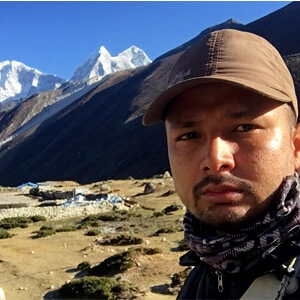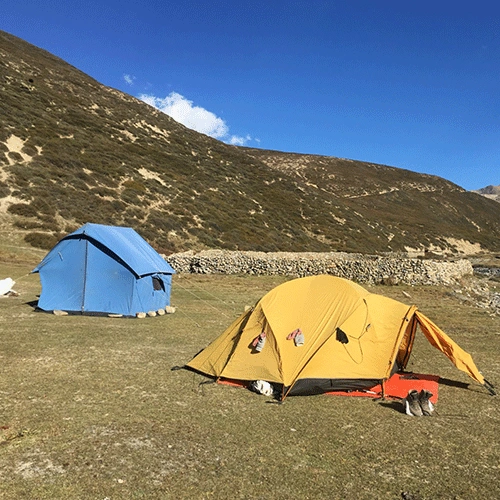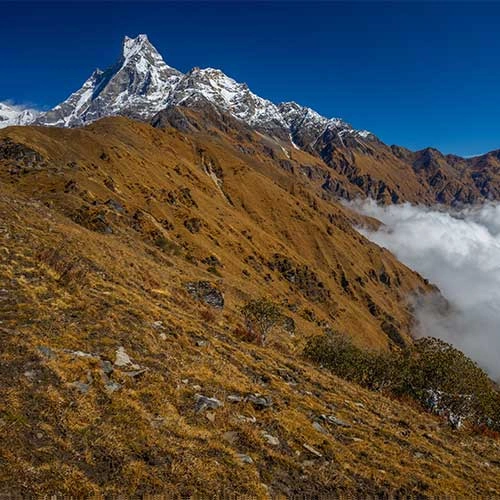National Parks in Nepal -Home to Exotic Wildlife, Vegetation and Mountains
Nepal has to offer a wide variety of wildlife and vegetation. With its unparalleled beautiful landscapes, there is something equally, if not more beautiful – its inhabitants. For any nature lover wanting to explore nature in its raw form, Nepal is a perfect destination. And in this article, you will find out what different parts of the country have to offer.
National parks are areas protected by the country. This is done for many reasons including but limited to, preserving vegetation and wild habitats in their natural environment and tourism. According to the area and elevation, these national parks are located, they host a specific species of animal and plant life. National parks give tourists the ability to watch and admire the exotic wildlife and vegetation.
Terai Region
The Terai Region of the country consists of low altitude and hotter climate region. Its altitude ranges from 60 meters to 305 meters above sea level. This range of elevation and the hot climatic conditions is inhabited by animals such as Gharial, Mugger crocodile, King Cobra, and so on. Different species of birds and animals in the Terai region of Nepal are written below.
| Animals (Reptiles) | Gharial, Mugger Crocodile, King Cobra |
| Bird species | Bengal florican, lesser adjutant, swamp francolin, white-rumped vulture, Oriental darter, Sarus crane |
| Mammal species | Asian elephant, Gaur, Indian rhinoceros, Blackbuck, Tiger, Leopard, jungle cat, fishing cat, leopard cat, smooth-coated otter, large Indian civet, Asian palm civet, small Indian civet, Hispid hare |
There are many national parks that lie in the Terai region of the country. This includes Chitwan National Park, Parsa National Park, Bardia National Park, Banke National Park, and so on. While they all host a variety of beautiful wildlife and vegetation, Chitwan National Park and Bardia national park are the most popular and rich ones.
Chitwan National Park
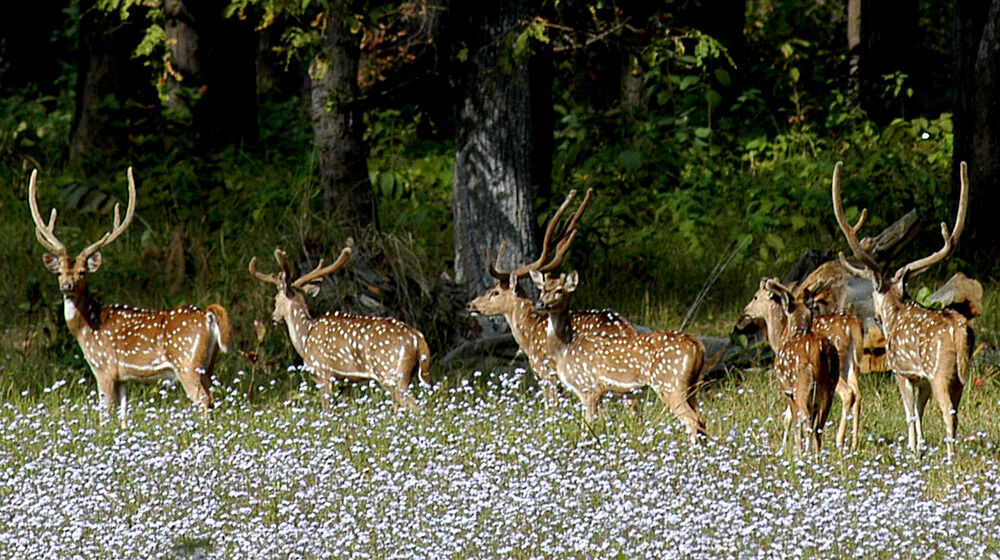
Situated in the Chitwan district of the country, Chitwan National Park is one of the best and most visited National Parks in the country. 70% of its vegetation consists of Sal Forest. The remaining vegetation contains grasslands (20%), riverine forests (7%), and Sal with Chirpine (3%).
- There are more than 43 species of mammals in the park.
- The park is a home of One-horned rhinoceros, tiger, and gharial crocodile.
- Various common species of gaur, wild elephant, four-horned antelope, striped hyena, chital, sambar, barking deer, sloths, etc. are found in the national park.
- There are more than 450 species of birds in the park.
- Bengal florican, giant hornbill, and white stork can be found in this national park.
- More common species include peafowl, red jungle fowl, kingfishers, woodpeckers, and so on.
Bardiya National Park
Stretching in the mid-western part of the country, Bardiya National Park is the largest National Park in the Terai region. About 70% of the park is covered with Sal Forest and remains with a mixture of grassland, savannah, and riverine forest.
- The major wildlife inhabitants of this national park include rhinoceros, wild elephants, tigers, swamp deer, black buck, gharial crocodiles, marsh mugger crocodiles, and Gangetic dolphins.
- Endangered birds include the Bengal florican, lesser florican, silver-eared Mesia, and Sarus crane live in the national park.
- More than 30 different mammals, over 200 species of birds, and many snakes, lizards, and fish have been recorded in the park’s forest, grassland, and river habitats.
Hills and Mountains
Some of the National parks of the country stretch from the Hilly region to the Mountain region. That is why we have listed the popular and richer ones of both the Hill and Mountain region in this same category.
The hilly and mountain region of Nepal constitutes a major land proportion of the country. They have a rather cold climate as compared to the Terai region due to higher elevation. As a result, they give way to different types of vegetation and wildlife.
Some of the National parks of Hilly and Mountain regions of Nepal include Khaptad National Park, Sagarmatha National Park, Langtang National Park, Shey Phoksundo National Park, Makalu Barun National park, Rara National park, Shivapuri Nagarjun National park and so on. The ones listed below are more popular and beautiful options to visit.
Sagarmatha National Park
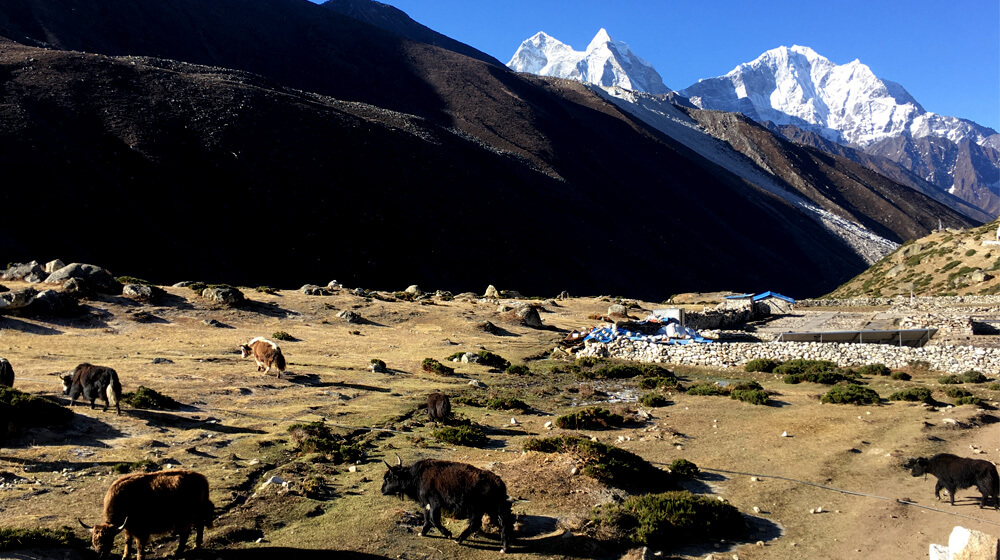
Situated in the northeast of Kathmandu, Sagarmatha National Park lies in the Khumbu region of Nepal.
- Sagarmatha is home to the tallest mountain in the world, Mt. Everest (Sagarmatha).
- This national park also consists of various peaks such as Lhotse, Nuptse, Cho Oyu, Pumori, Ama Dablam, Thamserku, and so on.
- The vegetation of this national park includes pine and hemlock forests at lower altitudes, and fir, juniper, birch, and rhododendron forest at higher altitudes.
- Similarly, the wildlife consists of animals like Himalayan tahr, goral, serow, and musk deer.
- Endangered animals like the Snow leopard and Himalayan black bear are also found but are rarely spotted.
Langtang National Park
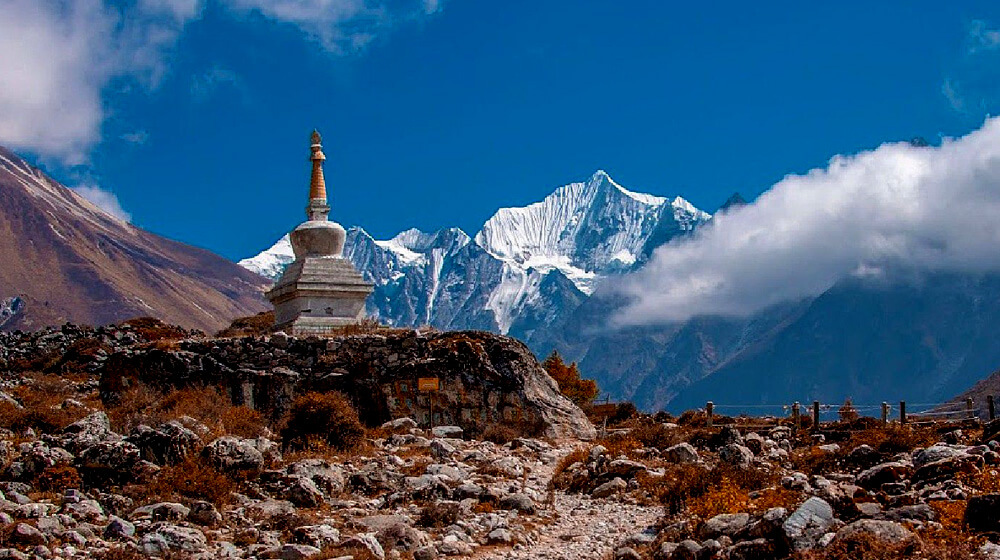
Designated in 1976, Langtang National Park is the closest national park to Kathmandu. It starts 32 km north of Kathmandu and up to the Nepal-China border.
Due to the graded climatic conditions of this place, we get a very wide variety of vegetation. Small areas of subtropical forest (below 1000 m) give rise to temperate oak and pine forests at mid-elevation, with alpine scrub and grasses giving way to bare rock and snow.
- The national park forests provide habitat for various wild animals such as red pandas, wild dogs, musk deer, Himalayan black bears, Himalayan tahr, Ghoral, and common langur.
- The national park is home to 347 species of birds. Birdlife international recommendation as an important bird area.
- Trees of oaks, Chirpine, maple, fir, blue pine, and various species of rhododendron make up the major portion of the forests.
- The Trishuli-Bhote Koshi forms an important route for birds on spring and autumn migration between India and Tibet.
Shey-Phoksundo National Park
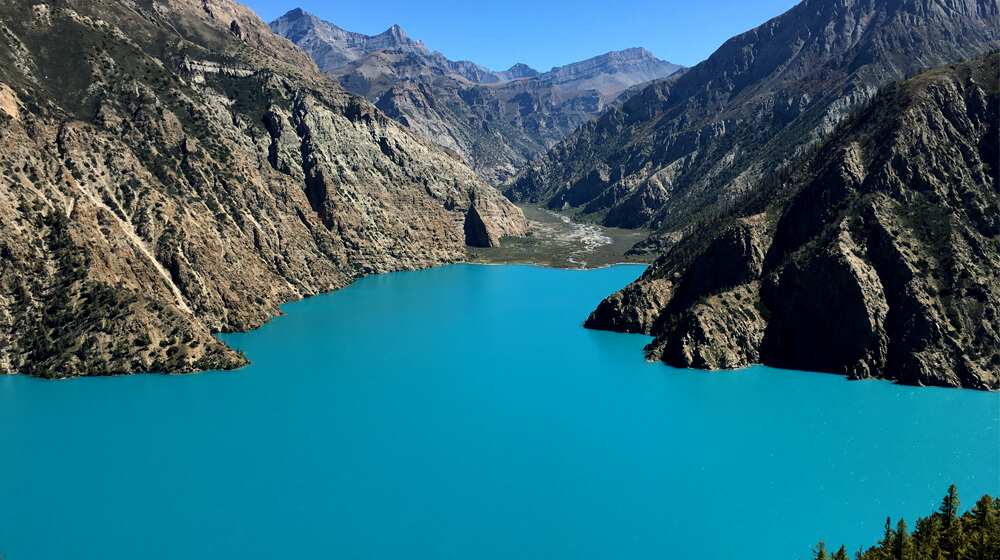
Shey-Phoksundo National Park is situated in the western region of mountain parts of Nepal. It covers parts of both the Dolpa and Mugu districts and is the largest National Park in the country.
- The Shey-Phoksundo national park holds one of the iconic Phoksundo lakes and high mountain peaks.
- This national park contains luxuriant forests, with blue pine, spruce, cypress, poplar, deodar, fir, and birch as its majority trees.
- The national park is a trans-Himalayan area and has near-desert-type vegetation. This includes mainly dwarf junipers and caragana shrubs.
- This national park gives shelter to many species of animals which includes snow leopards and blue sheep. Other common species include
- The Himalayan Thar, serow, leopard, wolf, Himalayan black bear, Himalayan weasel, langur, and so on are the common species that live in the national parks.
- Here are many species of birds found including the Impeyan pheasant (Danphe), blood pheasant, cheer pheasants, raven, jungle crow, snow Patridge and so on.
Rara National Park
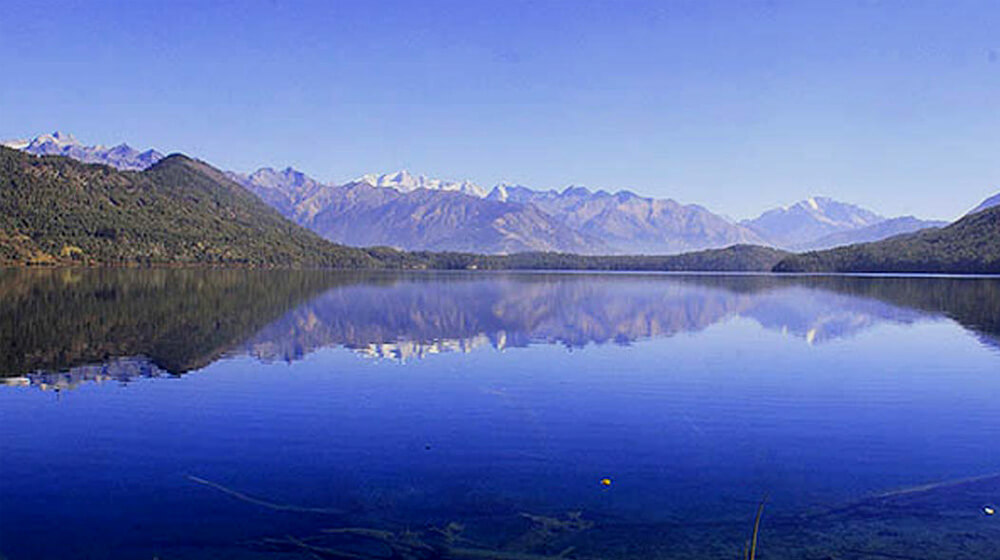
Situated in northwest Nepal, Rara National Park lies in both Mugu and Jumla districts. This is the smallest national park in the country with its biggest lake. This national park stretches from 1800 m to 4048 m in elevation.
- The majority of parks consist of coniferous forests.
- Trees of blue pine, black juniper, west Himalayan spruce, oak, and other species can be found in the park.
- Deciduous tree species like Indian horse-chestnut, walnut, and Himalayan poplar are also found.
- This Rara national park is the habitat of many animal species as well.
- This includes musk deer, Himalayan black bear, leopard, Ghoral, Himalayan tahr, and wild boar.
- Bird species such as great-crested grebe, black-necked grebe, snowcock, chukor Patridge, Impeyan pheasant (Danphe) kilij pheasant, and blood pheasant are found in Rara national park.






